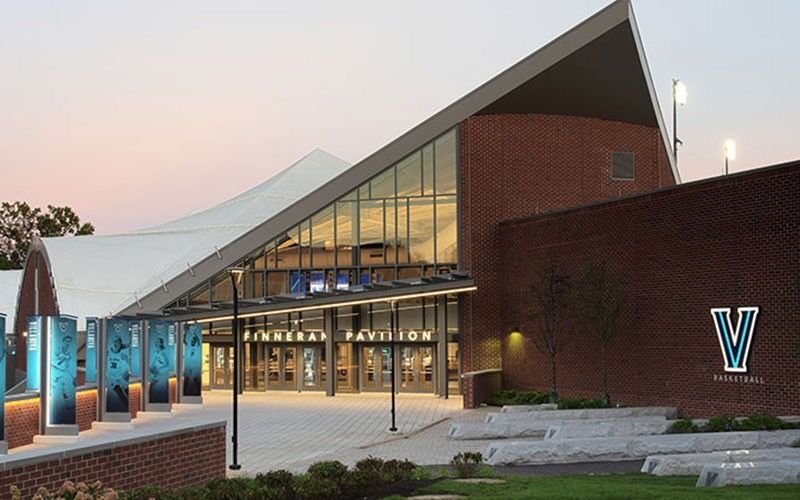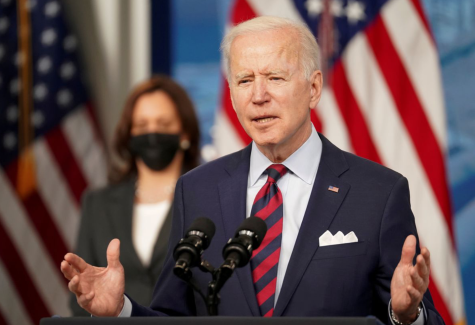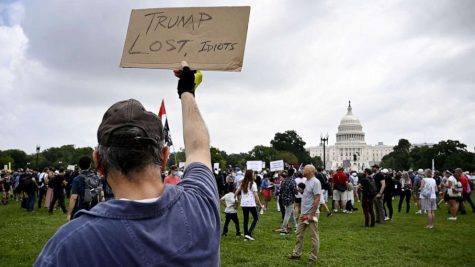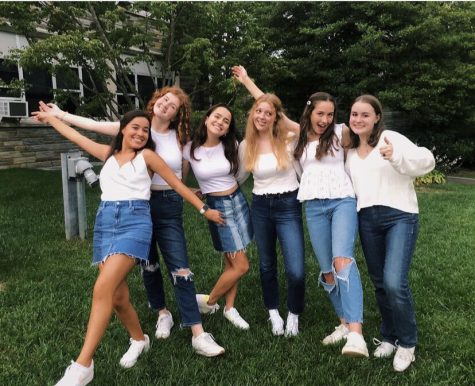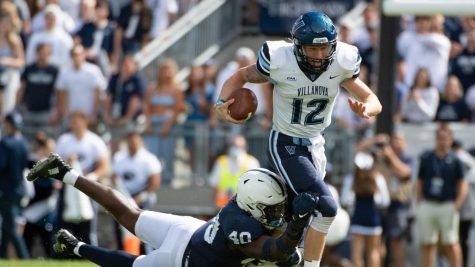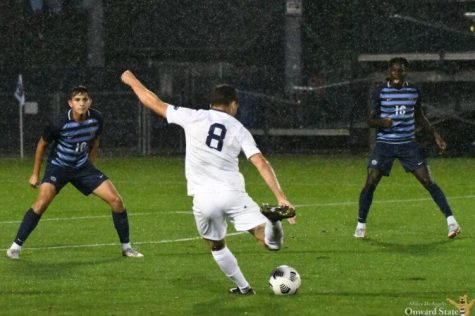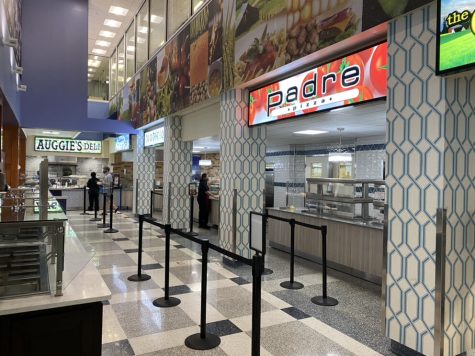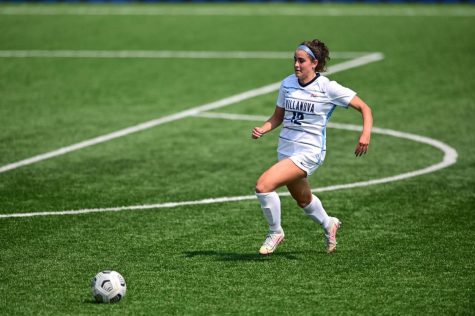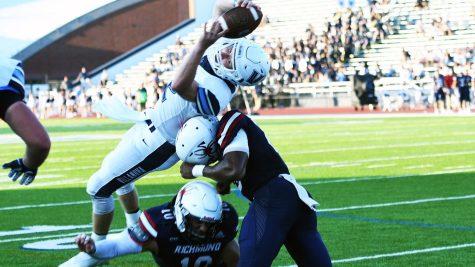On-Campus Vaccine Distribution: Too Little, Too Late
Courtesy of Villanova University
Villanova University distributed Moderna vaccines in the Finneran Pavilion.
April 21, 2021
At the beginning of the week, a schoolwide email was sent to students informing them that vaccinations for COVID-19 had recently become available to the University, and students can now sign up to receive one. What seemed like a progressive and beneficial step the University had finally taken in its fight against the pandemic, which has been objectively poor, turned out to be nothing more than another misstep. The University acquired the Moderna vaccine, which is a two-dose shot given over the course of four weeks, or 28 days. However, with the first dose set for April 16, that leaves the second dose unable to be administered until May 18 — one week after the entire student body is expected to leave campus.
For students who live nearby, this is perhaps a no brainer. However, only 18.4% of Villanova’s student body population lives in the state of Pennsylvania, meaning that of the 6,528 undergraduate students attending, roughly 5,353 students live outside of Pennsylvania. Though neighboring states of New York and New Jersey account for most of the out-of-state students, other states including California, Virginia, Illinois and Florida also rank high for the percentage of undergraduates. Therefore, it is arguably unreasonable to ask those who live a long drive, a flight or a time zone away to return to campus one week after leaving to receive the second dose of the vaccine. I live just about 300 miles away (nearly a five hour drive), and though I want to get vaccinated as soon as possible, it is simply not feasible for me to drive back to campus one week after moving out. If this is the case for me, still living a drivable distance from campus, then it most certainly is the case for those who live even further. Had Villanova only made this happen one week earlier, this would not be an issue. However, like it was when it came to the beginning of surveillance testing and moreover ramping up facilities to account for the volume of tests needed to be given out, it was too little, too late.
It is unfortunate that the University could seemingly not acquire vaccinations for its students early in the semester like other schools have. Haverford College, for example, a mere 2.5 miles down the road from Villanova, was able to secure Pfizer vaccinations for its students more than two weeks ago, leaving the appropriate amount of time to receive both doses prior to the end of term. Though Villanova is a larger institution, it seems strange that two private universities abiding by the same Pennsylvania laws and precautions would be unable to follow the same policy when it comes to vaccine distribution. There does not seem to be an obvious answer as to why the reception of the vaccine came so late in the semester, but it is disappointing, nonetheless. In addition, last semester, when the University released its students at the end of the fall term, it did not provide students with exit COVID-19 tests, running the risk of students returning to their homes and spreading COVID to their communities. It seems the University did not have a problem with this, as the same thing is occurring this semester. With students unable to get their second doses before the end of the spring term, there is still as much a chance of students spreading the illness to their communities now as there was in November.
I think it is fair to say that though the University was able to remain on campus for the entirety of the school year, facing only a few speed bumps in case spikes along the way, this is more of a testament to the student body than it is to the precautionary efforts of the school in slowing the spread.
Villanova provided very little resources in the forms of testing first semester, and though this has increased in the current semester, the vaccine dilemma just further proves that it was not as prepared for the return to campus among the ongoing pandemic as it could have or should have been.

